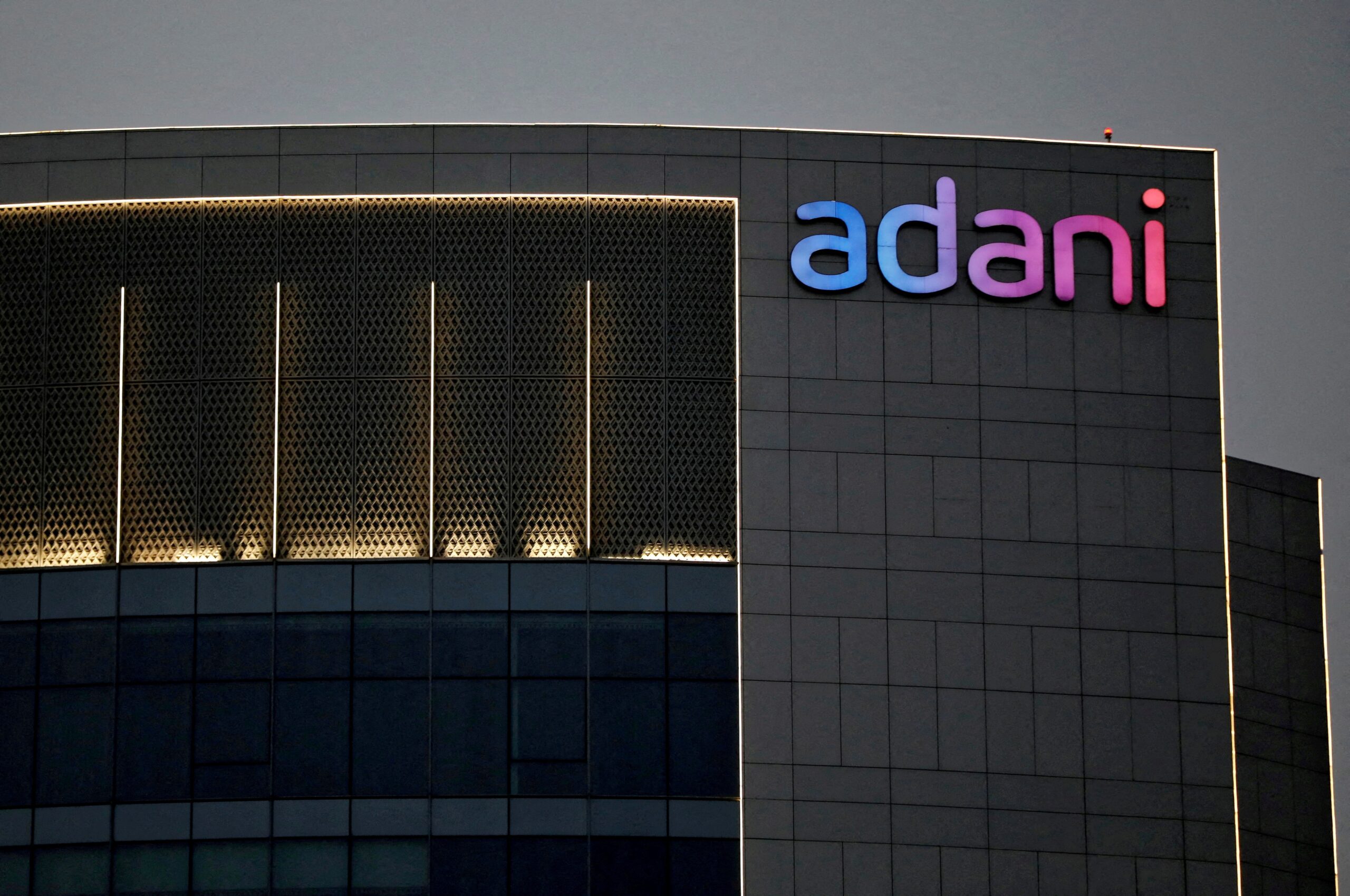Sanchi was envisioned to be lit by solar energy, marking a significant step towards sustainable living.
Bhopal:
The historic city of Sanchi in Madhya Pradesh has gained global attention by becoming India’s first solar-powered city. From homes to offices, from roads to public spaces, the entire city was envisioned to be lit by solar energy, marking a significant step towards sustainable living. But one year later, the city’s ambitious solar dream seems to be fading into darkness.
Last September, solar streetlights were installed to illuminate every ward and lane, and solar-powered drinking water stalls were set up for pedestrians. The iconic Stupa intersection was adorned with a large LCD screen powered by solar energy, and solar trees provided seating for visitors. It was a model of green energy integration that promised a brighter, cleaner future.
Today, the solar lights have gone dark, leaving behind the poles as silent witnesses to a failed promise. The few that remain are barely functional, awaiting repairs that never seem to come.
A significant part of this ambitious project was the construction of two large solar plants- a 3-megawatt facility on Nagauri Hill and a 5-megawatt plant in Gulgaon. Around 5,000 solar panels were installed across these sites, with the aim of reducing the city’s carbon footprint by the equivalent of 2.3 lakh trees. The project was expected to cut the emission of 13,747 tons of carbon dioxide annually.
Arun Yadav, an employee working at the solar plant, however, said the output has been disappointing. The solar plants are generating less electricity than anticipated, leaving the city struggling to meet its energy needs.
“The vision was to provide 24-hour electricity to the residents of Sanchi, and to relieve them from high electricity bills,” said Mr Yadav. “But in reality, nothing of that sort has materialized. In fact, the situation has worsened,” he added.
The local community, once full of hope and excitement, is now voicing their frustration. “We were told that Sanchi would become a model for the entire country, but instead, we are facing more problems than ever,” said Raju Painter, a resident, “The solar lights do not work, and the electricity bills are still high.”
For farmers like Jawahar Singh Patel, who had high hopes for the solar city, the reality has been disheartening.
“All the publicity and promises have amounted to nothing,” he said, his voice tinged with disappointment. Businessman Santosh Dubey expressed anger over the unfulfilled promises. “They spent crores, but it feels like they just threw the money away. We haven’t seen any real benefit.”
The solar plant on Nagauri Hill, built at a cost of Rs 18.75 crore, took five years to complete. Even the hill was leveled to accommodate the infrastructure. The city’s average monthly electricity bill hovers around Rs 1 crore, which could have been significantly reduced with the help of solar power. But instead of saving crores of rupees, the city is facing a financial and energy crisis.
To make Sanchi pollution-free, the project also included the introduction of e-rickshaws, with a large charging station constructed for their operation. But today, these e-rickshaws lie abandoned in the Municipal Corporation’s scrapyard, a stark reminder of the city’s failed solar experiment.
Niyati Sahu, the Tehsildar of Sanchi, said he has taken steps to bring attention to the problem.
“We have written a letter to the Energy Department informing them that the solar lights which are not working be maintained. We have also informed the Urban Administration about this. They are informed from time to time,” said Mr Sahu.
Despite these efforts, the issue seems to have escaped the attention of higher authorities.
Rakesh Shukla, the Minister of New and Renewable Energy, expressed surprise when asked about the situation. “This matter is not in my knowledge at the moment. If you asked me, I will look into it and get whatever is required done,” Mr Shukla said.



















